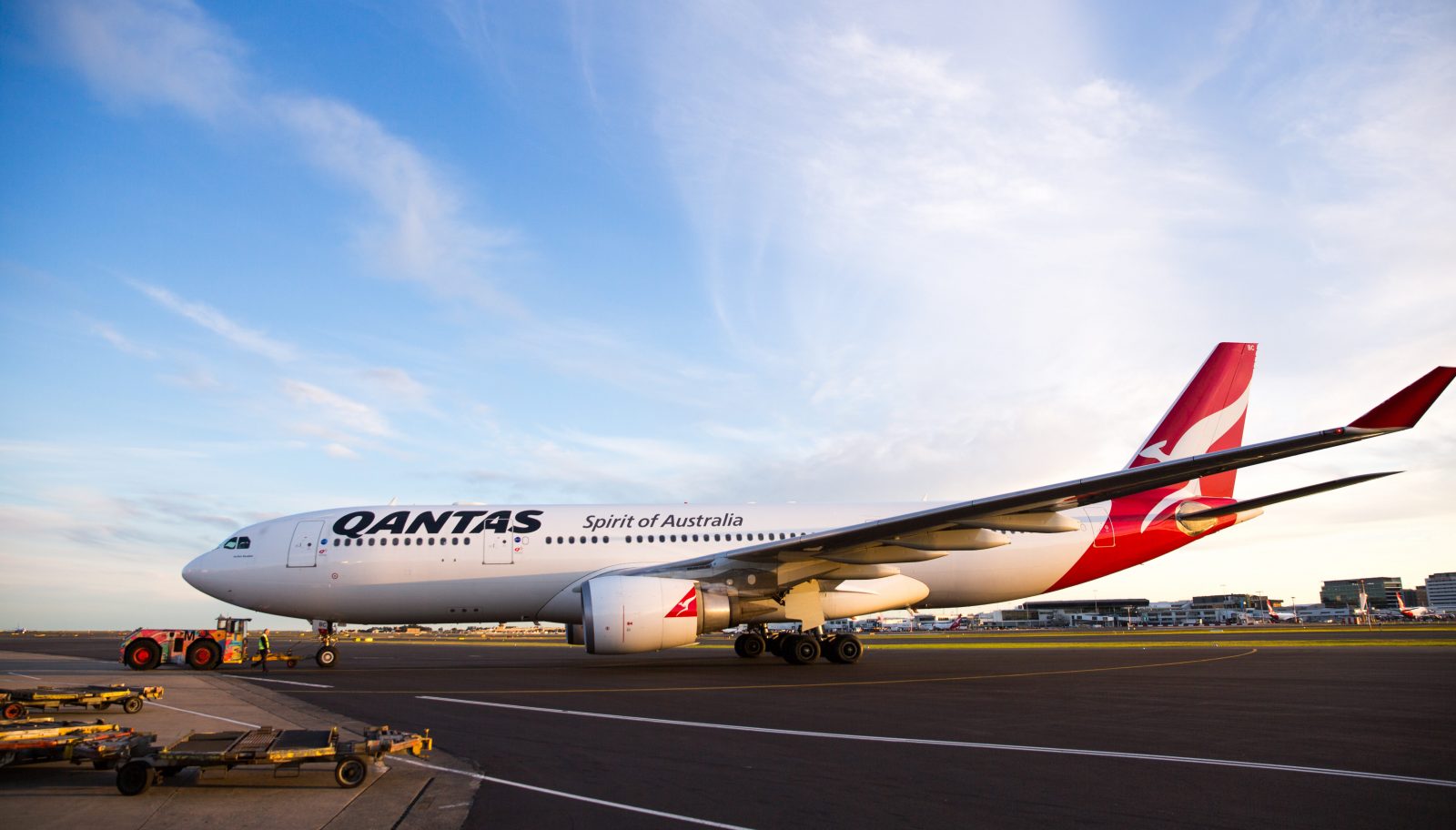
Australian flag-carrier, Qantas has been making some pretty major announcements in the last few months and weeks. First came the long rumoured news that the airline would operate the world’s first direct flight from Australia to Europe. Clocking in at 14,498 kilometres and with a time of over 17 hours, the service from Perth to London will take the record as the longest flight in the world.
Then came further updates about how Qantas planned to use it’s yet to be delivered fleet of Boeing 787-9 Dreamliners for ultra long haul services. On top of that, we heard that Qantas will quit Dubai and move it’s stopover city for European-bound flights to Singapore (after a five-year hiatus). Oh, and did we mention the A380 refit announcement?
For premium passengers, the good news gets even better. Qantas is busily refurbishing its domestic and international Business and First Class lounges, launching new tableware and finally installing high-speed Wi-Fi on its domestic services. The airline has even laid down the gauntlet to Boeing and Airbus to develop aircraft that can fly direct from Syndey to London and New York.
It’s pretty clear that Qantas is going to have a fairly big say over how Australian’s will travel in the next few decades. But it’s not just us saying this – in an interesting opinion piece featured in The Australian newspaper, published on Friday, Qantas CEO, Alan Joyce said his company was “shaping how Australian’s travel.”

In the short but detail packed commentary, Joyce reaffirms the decisions being made by the airline, saying Qantas will offer Australian’s “impressive choices” for the future. He referred to his Boeing and Airbus challenge as the “last frontier” of aviation. Here are some of the details:
On flying from Sydney to London or New York direct:
“By 2022, we want to be flying direct from the eastern states to New York and London. In aviation terms, this is a last frontier. We’ve asked Boeing and Airbus to increase the range of their next generation aircraft to make it possible, and both CEOs have told me they are up for the challenge.”
How much Emirates has helped Qantas rebuild its international business:
“This week we announced that we’re extending our cornerstone partnership with Emirates, which has played a big part in getting Qantas International back on its feet.”
“Outside Qantas, moving our hub to Dubai in 2012 was seen as a gutsy move. Inside Qantas, we knew it was a no-brainer. As much as Aussies love to see the world, Qantas could never fly to the 40 European destinations that Emirates does. The partnership lets us tap into their network and share some of the revenue it generates.”
Why Qantas’ geographic position is actually an advantage:
“While Qantas is an “end of the line” carrier with no hub to call its own, we’ve got other advantages. In 2017, we’re on the doorstep of the fastest growing aviation market in the world.”
“Between free trade agreements, a rising middle class and the attraction of Australia as a place to take a holiday, there is a growing tide of goods and people moving between the two continents.”
“You can see it in where our aircraft are flying. Ten years ago, Qantas and Jetstar had around 30 per cent of its capacity focused on Asia. Now it’s more than 50 per cent”
How international air travel is going to look for Australians”
“Ultimately, the future of travel for Australia is shaping up to be a number of impressive choices given its geography. Fly direct to London or (ultimately) New York. Fly via Dubai to access much of Europe in one stop. Or fly via Singapore to access markets in Asia before flying on to the UK.”
Related
Mateusz Maszczynski honed his skills as an international flight attendant at the most prominent airline in the Middle East and has been flying ever since... most recently for a well known European airline. Matt is passionate about the aviation industry and has become an expert in passenger experience and human-centric stories. Always keeping an ear close to the ground, Matt's industry insights, analysis and news coverage is frequently relied upon by some of the biggest names in journalism.







